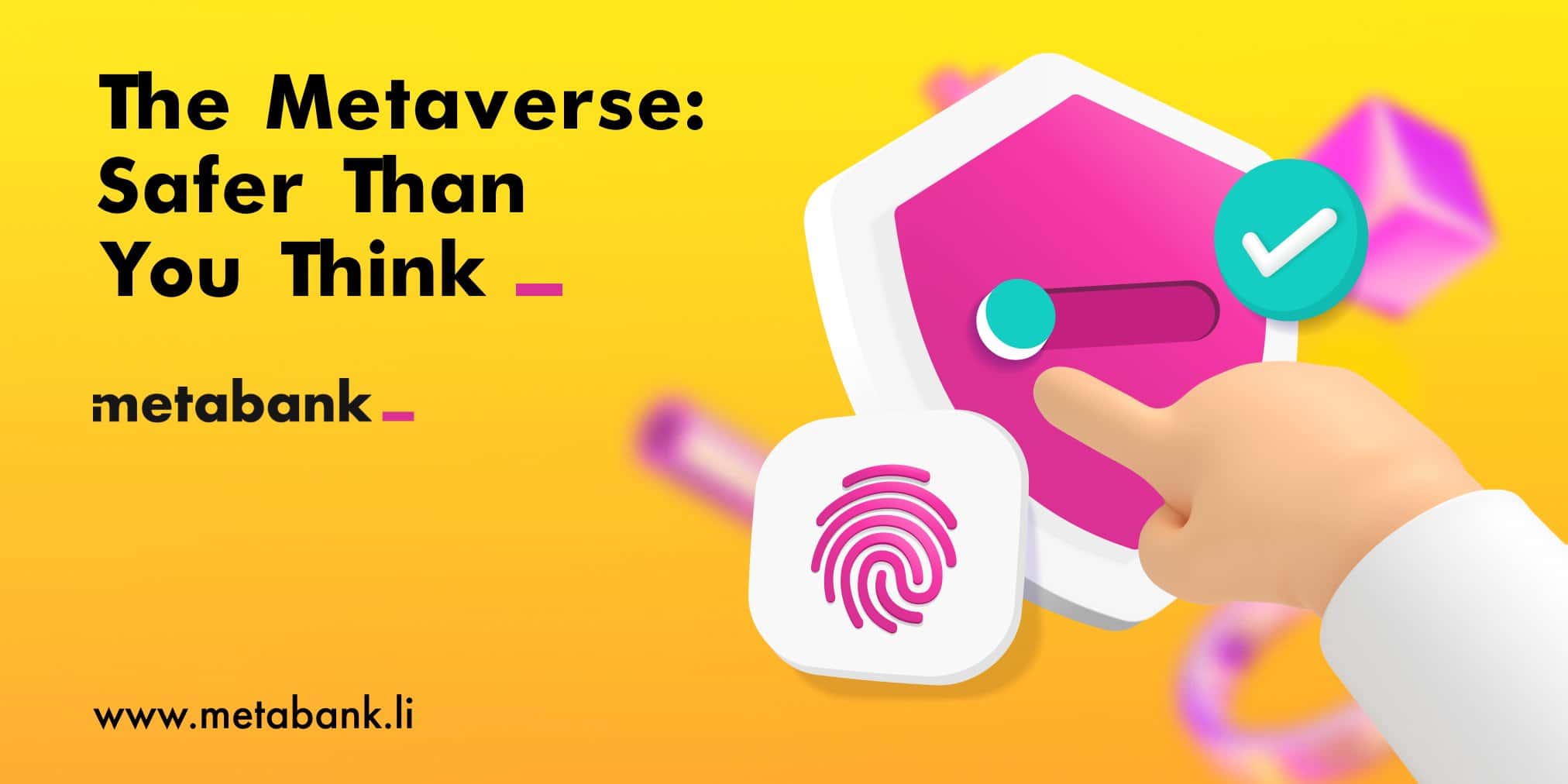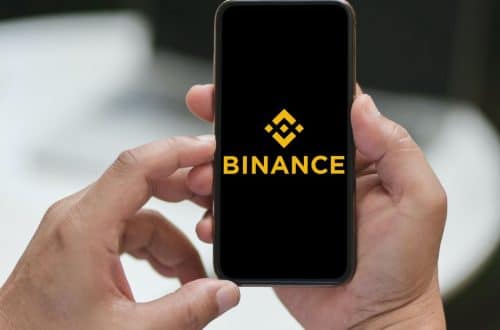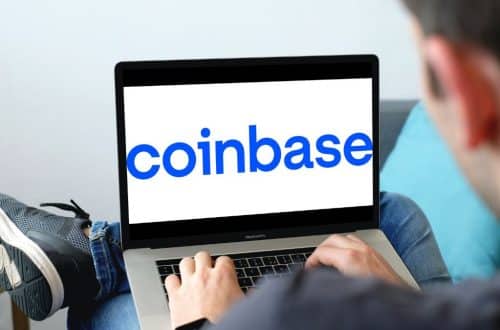
Metabank Believes the Metaverse is More Secure for Payments
- Metabank is the first decentralized bank in the metaverse.
- Other banks such as HSBC and JP Morgan have established their presence in the metaverse.
Metabank is the world’s first decentralized bank in the Metaverse and it believes the metaverse has the potential to change all aspects of human life. Metabank offers both DeFi and traditional banking services. It uses Web3 and virtual reality to deliver financial services that have real-world applications.
While more reputable banks like JP Morgan have since joined the growing metaverse space, Metabank provides more decentralized services such as staking, yield farming, virtual debit and credit cards, P2P lending, and over-the-counter securities.
In a recent tweet it shared, the financial service provider noted that the metaverse has security features that can ensure the safety of users’ funds. According to the bank, the metaverse is secure since all transactions are recorded on the blockchain which makes it easy to track financial activities in the virtual space.
The Metabank further stated that blockchain security features make it easy to prevent cyberattacks and tamper with financial records. It tweeted,
As for #cybersecurity, blockchain technology shows promise as a potential solution with its inherent security features that prohibit the record tampering of transactions. Its resistance to cyberattacks makes it a good candidate for preventing fraud.
Banks in the Metaverse
In the past, traditional banking placed a lot of emphasis on its financial products and brand name to keep clients. However, in the third decade of the twenty-first century, companies and people alike have decided to embrace new technology. The metaverse is one of the blockchain-powered industries seeing an inflow of traditional banking institutions.
The metaverse is still in development but has captured the interest of financial giants across the globe. The metaverse is simply a network of 3-D virtual worlds where people can communicate with other users and a computer-generated setting. Experts believe that by 2026, 25% of individuals will spend at least one hour per day in the metaverse for business, retail, learning, social networking, and/or amusement.
Decentraland, The Sandbox, and Somnium Space are just a few examples of the several distinct virtual reality worlds that make up the so-called “metaverse.” Some are primarily video game hosts. Others, like Decentraland, are virtual environments where users can build avatars that represent themselves and engage in real-world activities like home purchases and weddings.
Banks are now creating platforms, games, and ways for consumers to exchange their game tokens for cash by buying, selling, and trading them. JP Morgan and HSBC are two of the biggest financial giants in the metaverse.
The metaverse offers traditional banks a great chance to compete with challenger banks in the banking industry. Most experts believe that the metaverse offers banks a chance to enjoy a win-win situation. These institutions can concentrate on making up ground that has been lost as a result of falling behind on technologies.
There is still a lot of work to be done for banks to actualize the true essence of the metaverse. But, to enjoy the potential of the metaverse, banks must be innovative. They must develop new strategies to encourage customers to visit the metaverse and make purchases, like enabling the change of fiat money into the crypto used in the metaverse, especially when it comes to providing loans to clients.







